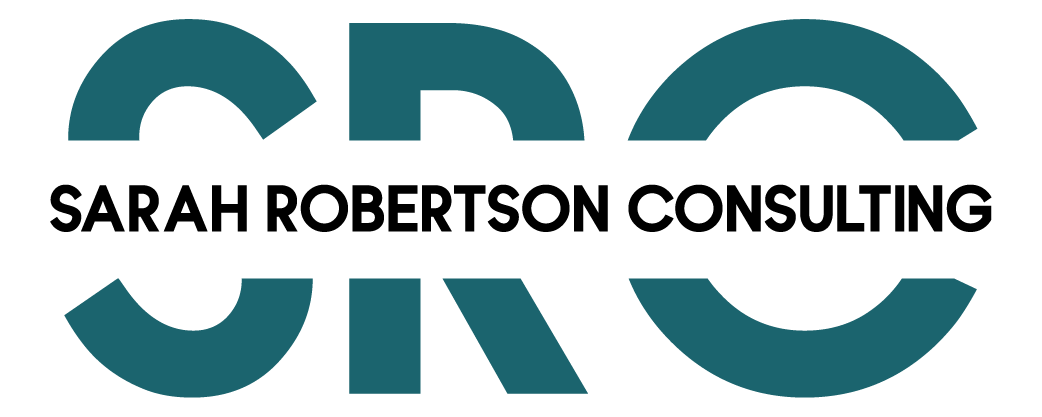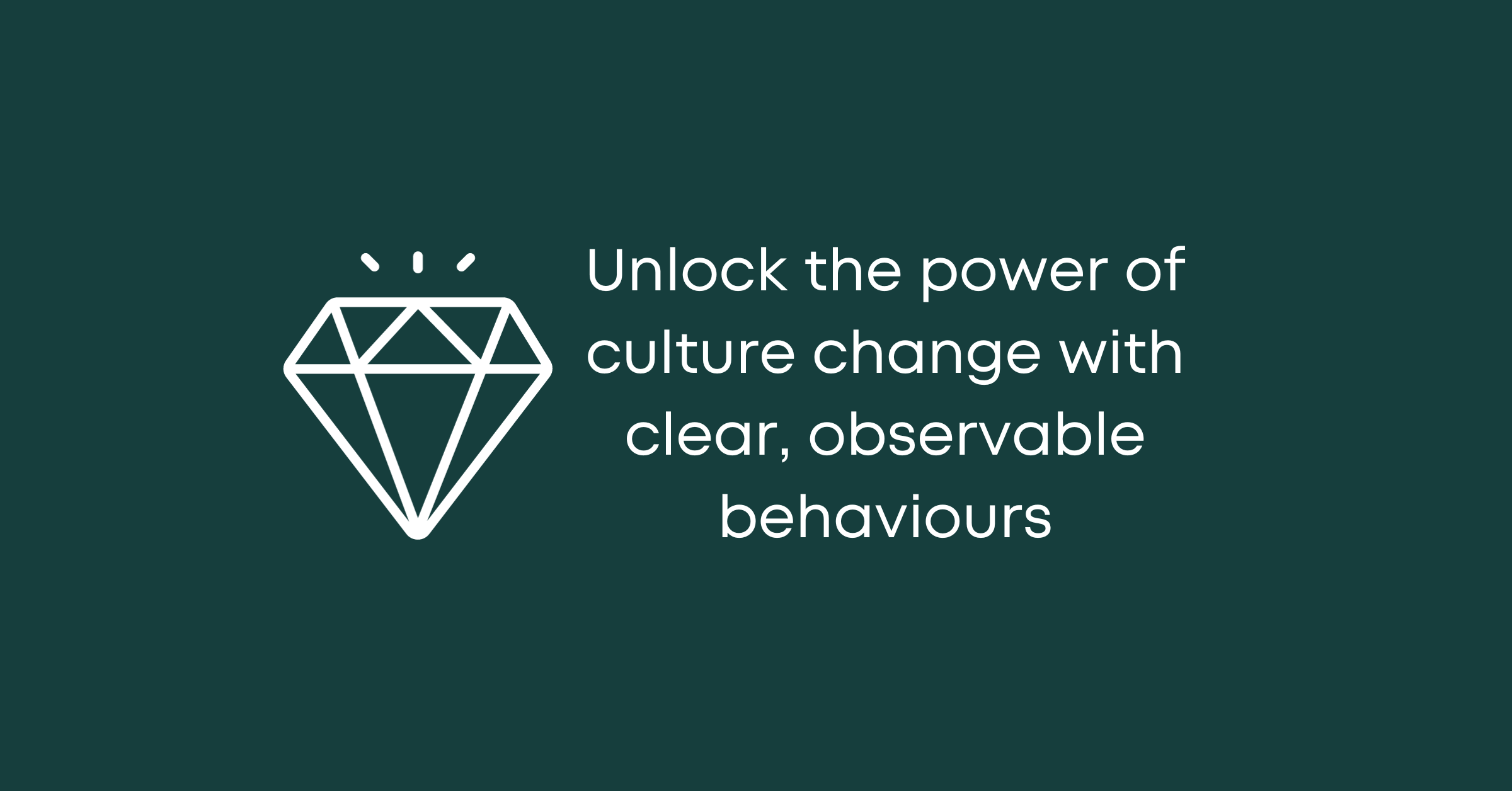Successful culture change requires clarity on the observable behaviours we want to see. Culture change programs need explicit definition of the observable behaviours, not just aspirational terms.
A simple template helps map out the essential elements for culture change:
- What are the observable behaviours we want to see? Note these are observable behaviours, not attitudes or mindsets. We would, at times, love to give feedback on people’s attitudes and mindsets, but we can’t see these, so we would only be guessing. We can only give feedback on behaviours we can observe. Therefore, to be able to coach and guide through a culture change program we need to be clear on the observable behaviours we want to see. A “customer first” mindset is great…but what does that actually look like? What will people be saying and doing differently? Consider these behaviours for different roles; do the observed behaviours change due to levels of seniority or role type? If so, be explicit about what this looks like for each role.
- What are the observable behaviours you will now be role modelling as a leader? Document some concrete examples that the leadership team can all agree on and commit to. Behaviour change starts at the top, everyone watches the leaders.
- What processes and frameworks do you need to put in place to enable the change? (for example: communication, clear KPI’s, training, coaching, consistent feedback conversations etc).
- What are the measurements you will use to know that change is happening?

I also help leaders prepare themselves for the most common conversations they expect to have during a change program. For example, telling the story of the change (see my post here), having a feedback conversation on the new behaviours, and having a delegation & priorities conversation around new activities (see infographic “How to have a re-prioritising conversation”). By thinking through these conversations up front leaders can feel more prepared and aligned with each other.

If you want to find out more about how to deliver a successful culture change then book a discovery call


